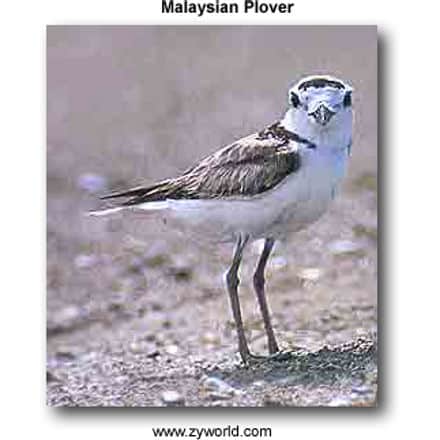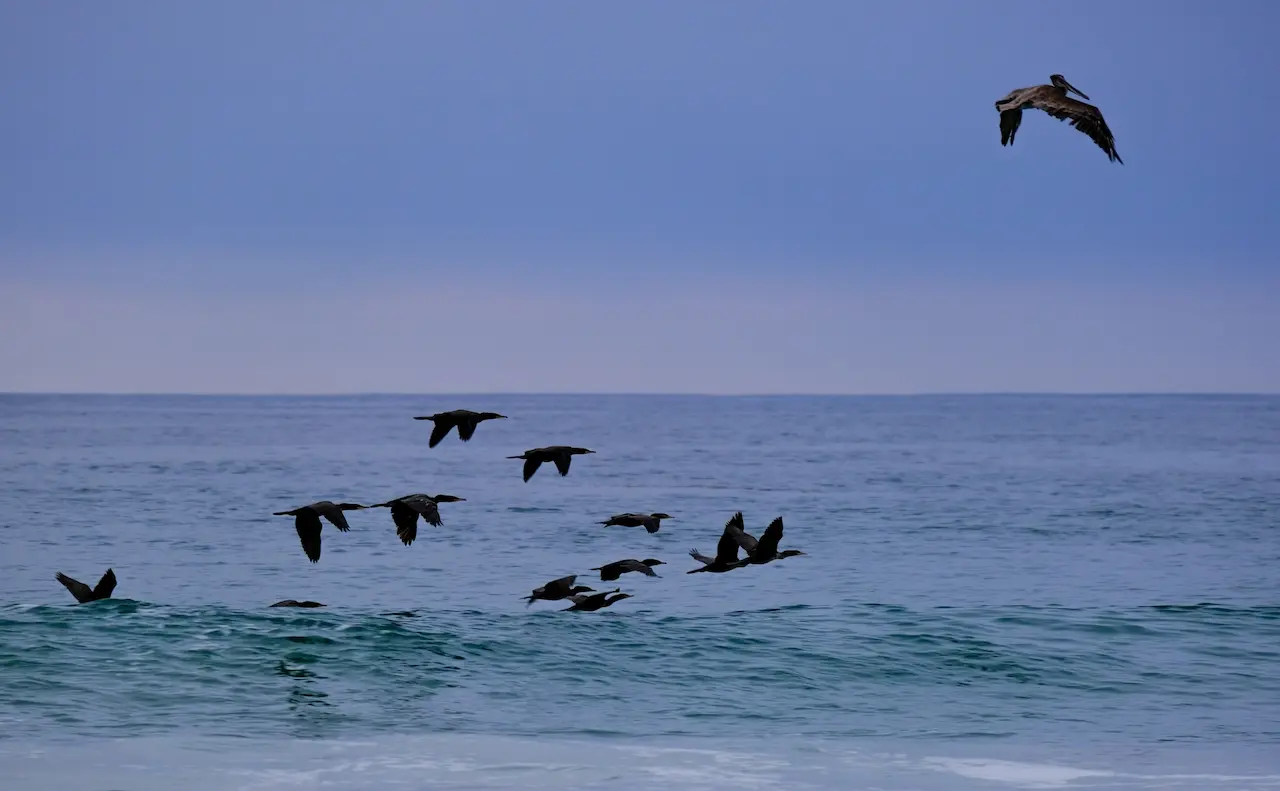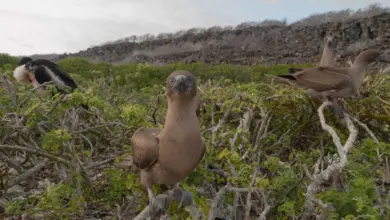Malaysian Plovers (Charadrius peronii)
The Malaysian Plovers (Charadrius peronii) is a small (ca. 35–42 g) shorebird that nest on beaches and salt flats in Southeast Asia. They are near-threatened (www.iucnredlist.org) with about 10,000 individuals.
They are thought to be declining because of infrastructure development and human disturbance. Increased human use of important beach habitats may cause trampling of eggs or chicks and also force adults off of nests so that eggs and chicks are vulnerable to heat stress.
Plovers

A study in the Gulf of Thailand suggested that the conversion of short, shrubby, dense vegetation into sparse Casuarina forests as well as the creation of sea walls that prevent chicks from moving between foraging areas on the mudflat and hiding habitats in the vegetation behind the beaches, could reduce habitat quality for Malaysian plovers
Sandy tropical beaches have tremendous economic value and as a result, there has been intensive development pressure on the remaining Malaysian plover habitats in Thailand.
This is likely to continue as the Thai economy continues to improve from the Asian financial crisis and the domestic tourist market expands.
The main remaining large populations of Malaysian plovers in Thailand are in Khao Sam Roi Yot National Park (Thailand’s first marine protected area), and beaches around Bonok village both in Prachuap Khiri Khan province and Laem Phak Bia in Petchburi province.
Bonok made headlines in the Thai and international media when a prominent environmental activist (Charoen Wataksorn) who helped to protect one of these undeveloped beaches from the construction of a coal power plant, was murdered after protesting against illegal land grabs on one of these beaches.
The construction of a seawall in 2005 in Laem Phak Bia (a sandy 1 km long spit in Petchburi province) is likely to have significantly altered the habitat.
General breeding ecology:
Malaysian plovers lay 2 – 5 (mode of 3) cryptic eggs on small scrapes on beaches. Eggs are incubated by both the male and female for about 30 days, and then both parents care for the precocial chicks until they can fly after about 30 more days. In Thailand, Malaysian plovers may lay multiple clutches after successful or failed clutching during the breeding season which begins in late March and may last until September.
Diet / Feeding:
They feed on invertebrates (i.e., insects) on the beaches and mudflats.
Photo, Video, and/or Article contributions are welcome! You can Upload articles and images here. Thank you!
Beauty Of Birds strives to maintain accurate and up-to-date information; however, mistakes do happen. If you would like to correct or update any of the information, please contact us. THANK YOU!!!




